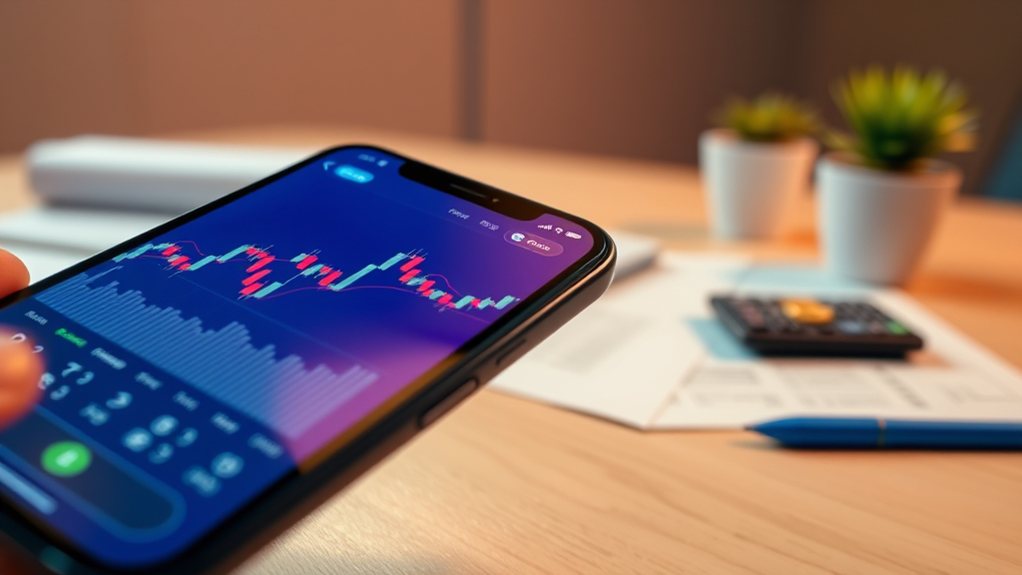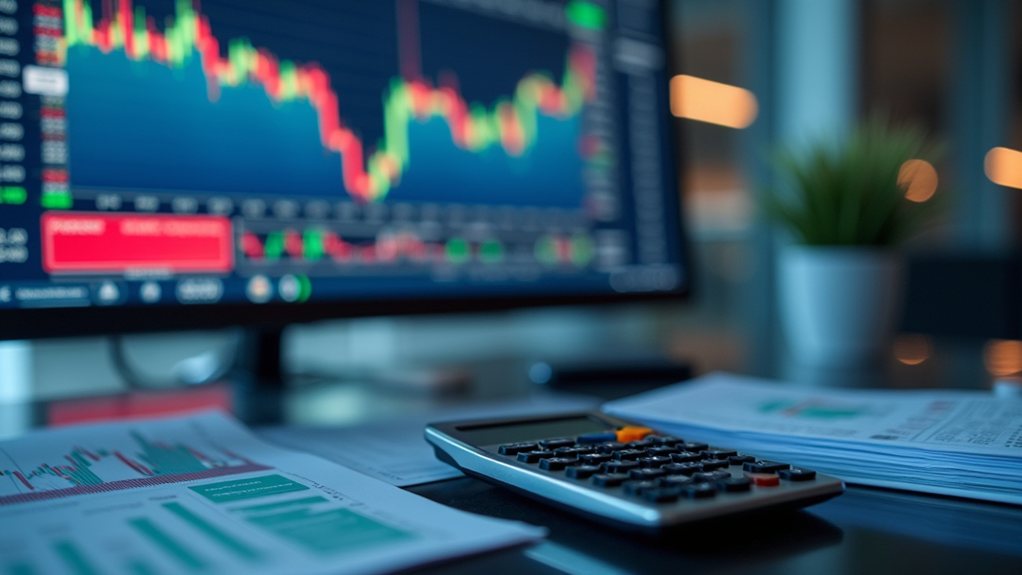Market capitalization is calculated by multiplying a company's current share price by its total outstanding shares. For example, a company with 1 million shares priced at $50 each has a market cap of $50 million. This figure represents the total value of a company in the stock market and changes throughout trading hours. Market caps range from micro-cap (under $300 million) to mega-cap (over $200 billion). Understanding a company's market cap reveals more than just its size.

Investors track market capitalization as a key measure of a company's total value in the stock market. Often called "market cap" for short, this figure represents what it would theoretically cost to purchase all of a company's outstanding shares. The calculation is straightforward: multiply the current share price by the total number of outstanding shares. For example, if a company has 1 million shares and each share trades at $50, the market cap equals $50 million.
Market cap provides a snapshot of a company's total value by simply multiplying share price by outstanding shares.
The formula relies on two key components. First is the current share price, which changes throughout trading hours as buyers and sellers exchange shares. Second is the number of outstanding shares, which includes all shares issued by the company minus any treasury stock the company has repurchased. Companies report their outstanding shares in quarterly financial statements and must update this figure when they issue new shares or buy back existing ones. When calculating market cap for public companies, it's important to use diluted shares outstanding to account for potential dilution from options and convertible securities.
Market cap calculations include different types of shares a company might have issued. Common stock forms the primary component, but preferred stock may also be included depending on the company's structure. Companies with dual-class shares (which have different voting rights) include both classes in the calculation. For foreign companies listed as American Depositary Receipts (ADRs), the shares are converted to their equivalent value. Understanding market cap helps investors make informed investment decisions and build balanced portfolios based on their risk tolerance.
The real-time nature of market capitalization means it fluctuates constantly during trading hours. Each time a stock's price moves up or down, the market cap changes accordingly. Financial websites and stock tickers provide updated market cap figures throughout the trading day, with potential additional changes occurring in after-hours trading.
Companies fall into different categories based on their market cap size. Mega-cap companies are valued above $200 billion, while large-caps range from $10 billion to $200 billion. Mid-caps sit between $2 billion and $10 billion, small-caps between $300 million and $2 billion, and micro-caps between $50 million and $300 million. These categories help investors compare companies of similar size.
Despite its widespread use, market cap has limitations as a valuation tool. It doesn't account for a company's debt, which means two companies with identical market caps might have very different financial situations. Market cap can also be influenced by broader market trends rather than company-specific factors.
Additionally, companies can affect their market cap through share buybacks or new share issuances without changing their fundamental business performance. Complex ownership structures or privately held shares may further complicate the accuracy of market cap as a complete valuation measure.
Frequently Asked Questions
Can Market Cap Accurately Predict a Company's Future Performance?
Market cap can't reliably predict a company's future performance. It only shows a company's current size, not its growth potential.
Experts say market cap doesn't account for debt, cash reserves, or management quality. Other metrics like P/E ratio, earnings growth, and free cash flow often provide better insights.
For accurate predictions, analysts typically combine market cap with financial ratios, industry trends, and competitive factors.
How Often Does Market Capitalization Change?
Market capitalization changes constantly during trading hours. It shifts with every stock price movement and updates in real-time on financial websites.
Major fluctuations often occur after earnings reports, company announcements, or significant economic news. While minute-by-minute changes happen throughout the trading day, official market cap values are typically recorded at market close.
These values influence a company's inclusion in market indices and institutional investment decisions.
Why Do Penny Stocks Typically Have Low Market Caps?
Penny stocks typically have low market caps due to several factors.
These companies often struggle with limited financial resources, making growth difficult. They're usually early-stage businesses with unproven models or firms recovering from financial trouble.
With share prices below $5, they need massive share counts to achieve higher valuations. Additionally, these stocks attract limited investor interest, face liquidity challenges, and receive minimal attention from analysts and media.
Does Market Cap Affect Stock Liquidity?
Market cap strongly affects stock liquidity.
Larger companies with higher market caps typically have more shares traded daily, making them more liquid. Investors can buy or sell these stocks easily without affecting prices much.
Small-cap stocks often have less trading activity and wider bid-ask spreads. While exceptions exist, the pattern is clear: bigger market cap usually means better liquidity, which translates to lower transaction costs for traders.
How Do Stock Splits Impact Market Capitalization?
Stock splits don't directly change a company's market capitalization.
When a company splits its stock, the share price drops proportionally while the number of shares increases. For example, in a 2-for-1 split, the price halves but the share count doubles. This keeps the total market value constant.
Over time, however, the increased affordability and liquidity from splits might attract more investors, potentially affecting market cap indirectly.










